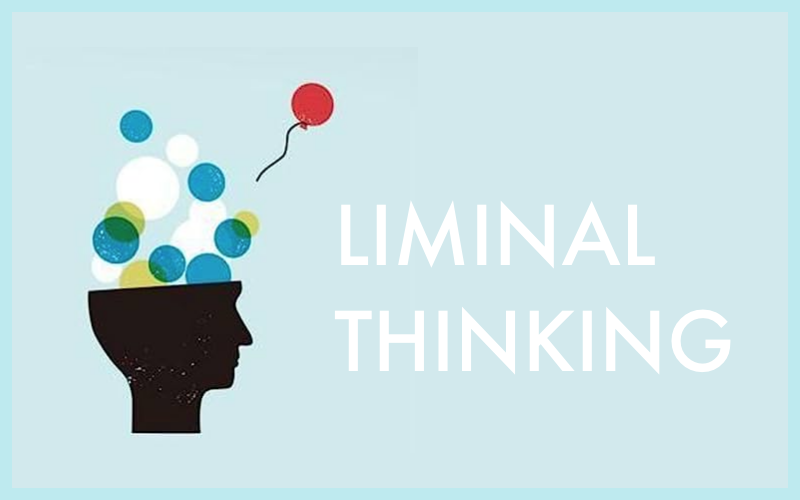Liminal thinking is a term used to describe the process of designing for the in-between moments of a user’s experience. These are the moments when the user is not actively engaged in a task but is instead waiting, transitioning, or exploring.
Liminal moments can be found in all types of user experiences, from websites to apps to physical products. For example, a user might experience liminal moments when they are:
- Waiting for a website to load
- Scrolling through a product catalog
- Exploring a new app
- Moving from one page to another on a website
- Navigating through a physical space
Liminal moments can be a challenge for designers because they are often overlooked or seen as unimportant. However, liminal moments can actually be a great opportunity to create a memorable and engaging user experience.
Here are a few tips for designing for liminal moments:
- Use the space to tell a story. Liminal moments can be used to tell a story about the product or brand. This can be done through the use of visuals, text, or even sound.
- Create a sense of anticipation. Liminal moments can be used to create a sense of anticipation for what is to come. This can be done by using visual cues, such as a loading animation, or by using sound effects.
- Provide helpful information. Liminal moments can be used to provide helpful information to the user. This can be done by displaying instructions, tips, or even customer support information.
- Keep the user engaged. Liminal moments can be used to keep the user engaged by providing them with something to do. This can be done by offering games, quizzes, or even simple polls.
By following these tips, you can create liminal moments that are memorable, engaging, and informative. This will help to improve the overall user experience of your product or service.
Here are a few examples of how liminal thinking has been used in UX design:
- The loading screen is a classic example of a liminal moment. It is a time when the user is waiting for the product to load, and it can be a great opportunity to tell a story or create a sense of anticipation.
- The onboarding process is another example of a liminal moment. It is a time when the user is first learning how to use the product, and it is important to provide them with clear and concise instructions.
- The help center is a great way to provide helpful information to users who are experiencing liminal moments. It can be a valuable resource for troubleshooting problems or finding answers to questions.
- The community forum is another great way to keep users engaged during liminal moments. It is a place where users can ask questions, share tips, and collaborate with each other.
By understanding liminal thinking and how it can be applied to UX design, you can create products and services that are more engaging, informative, and memorable.

